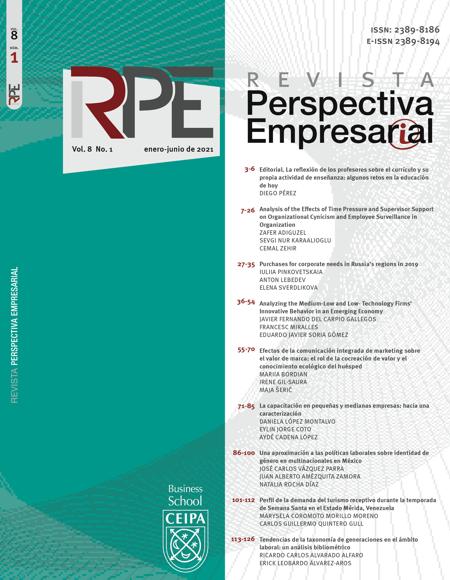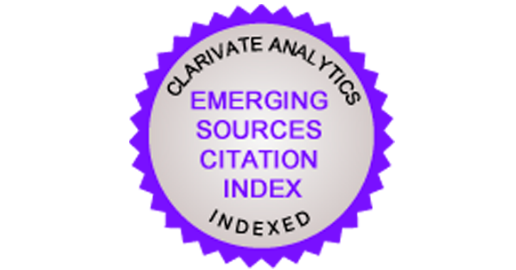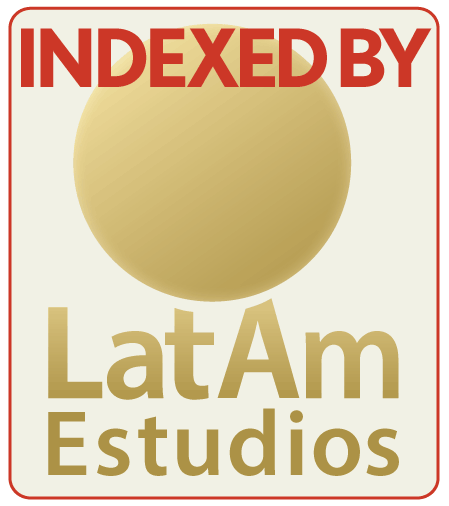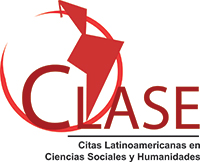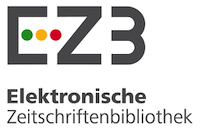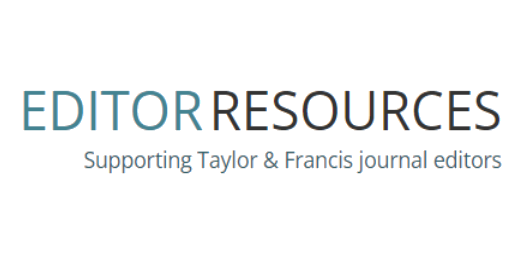Perfil de la demanda del turismo receptivo durante la temporada de Semana Santa en el Estado Mérida, Venezuela
Perfil de la demanda del turismo receptivo durante la temporada de Semana Santa en el Estado Mérida, Venezuela
##plugins.themes.bootstrap3.article.main##
Objetivo. Analizar el perfil del turismo receptivo merideño durante la Semana Santa de los últimos años; temporada que concentra la mayor cantidad de manifestaciones y acontecimientos culturales y religiosos del Estado. Metodología. A partir de un análisis multivariante de correspondencia múltiple se hallaron cuatro perfiles sobre la base de variables diferenciadas significativamente. Resultados. En Venezuela, incluido el Estado
Mérida, urge impulsar múltiples tipologías de turismos especializados basados en su patrimonio histórico-cultural y religioso; por ello se recomienda el fortalecimiento y lacombinación de los atractivos turísticos. Conclusiones. Se concluye que la demanda turística en el Estado Mérida durante la temporada objeto de estudio es moderadamente homogénea, en donde una considerable cantidad de turistas mostró motivos de visita diferentes al aspecto religioso.
Descargas
##plugins.themes.bootstrap3.article.details##
Argyriadis, K. (2008). Speculators and santuristas: The development of Afro-Cuban cultural tourism and the accusation of religious commercialism. Tourist Studies, 8(2), 249-265. https://doi.org/10.1177/1468797608099251 DOI: https://doi.org/10.1177/1468797608099251
Aulet, S. y Hakobyan, A. (2011). Turismo religioso y espacios sagrados: una propuesta para los santuarios de Catalunya. RITUR. Revista Iberoamericana de Turismo, 1(1), 63-82.
Boada, I. (2018). Patrimonio religioso en la propuesta de rutas geoturísticas para la Ciudad de Mérida. En II Congreso Interdisciplinario del Estado Mérida: entre lo cultural y el desarraigo, Mérida, Venezuela.
Carrizo, A. y Vieira, A. (2009). Turismo de eventos: desafíos estratégicos de la ciudad de João Pessoa (Brasil). Cuadernos de Turismo, 23, 31- 46.
Collins, N. (2010). Geographers and Pilgrimages: changing concepts in pilgrimagestourism research. Tijdschrift voor Economische en Sociale Geografie, 101(4), 437-448. https://doi.org/10.1111/j.1467-9663.2009.00561.x DOI: https://doi.org/10.1111/j.1467-9663.2009.00561.x
Collins-Kreiner, N. and Kliot, N. (2000). Pilgrimage tourism in the holy land: The behavioral characteristics of Christian pilgrims. GeoJournal, 50(1), 55-67. DOI: https://doi.org/10.1023/A:1007154929681
https://doi.org/10.1023/A:1007154929681
Collins-Kreiner, N. (2010). Current Jewish pilgrimage tourism: Modes and models of development. Tourism Preliminary Communication, 58(3), 259-270.
Crouch, G. (1994). The Study of International Tourism Demand: A Survey of Practice. Journal of Travel Research, 32(4), 41-57. DOI: https://doi.org/10.1177/004728759403200408
https://doi.org/10.1177/004728759403200408
Garau-Vadell, J., Gutierrez-Taño, D. and Diaz-Armas, R. (2018). Economic crisis and residents' perception of the impacts of tourism in mass tourism destinations. Journal of Destination Marketing & Management, 7, 68-75. https://doi.org/10.1016/j.jdmm.2016.08.008 DOI: https://doi.org/10.1016/j.jdmm.2016.08.008
García, R. y Olmos, L. (2015). Estructura del mercado turístico. Madrid, España: Paraninfo. Goeldner, C. y Ritchie, B. (2011). Turismo: planeación, administración y perspectivas. Ciudad de México, México: LIMUSA.
Guillén, A. y Pérez, R. (2016). Estudio geoturístico del patrimonio histórico-cultural de la ciudad de Mérida. Mérida, Venezuela: Universidad de Los Andes.
Hsin-Yu, M. (2021). Exploring the motivationbased typology of religious tourists: A study of Welcome Royal Lord Festival. Journal of Destination Marketing & Management, 21, 100623. https://doi.org/10.1016/j.jdmm.2021.100623 DOI: https://doi.org/10.1016/j.jdmm.2021.100623
Hughes, G. (1995). The cultural construction of sustainable tourism. Tourism Management, 16(1), 49-59. DOI: https://doi.org/10.1016/0261-5177(94)00007-W
https://doi.org/10.1016/0261-5177(94)00007-W
Mariani, M. et al. (2014). Managing change in tourism destinations: key issues and current trends. Journal of Destination Marketing & Management, 2(4), 269-272. DOI: https://doi.org/10.1016/j.jdmm.2013.11.003
https://doi.org/10.1016/j.jdmm.2013.11.003
Maxim, C. and Chasovschi, C. (2021). Cultural landscape changes in the built environment at World Heritage Sites: Lessons from Bukovina, Romania. Journal of Destination Marketing & Management, 20, 100583. https://doi.org/10.1016/j.jdmm.2021.100583 DOI: https://doi.org/10.1016/j.jdmm.2021.100583
McIntosh, R.W. and Goeldner, C.R. (1986). Tourism: principles, practices, philosophies. New York, USA: John Wiley & Sons.
Morére, N. y Perelló, S. (2013). Turismo cultural: patrimonio, museos y empleabilidad. Madrid, España: Fundación EOI.
Morillo, M. (2014). Sistema turístico del Estado Mérida, Venezuela: elementos de oferta. Revista Economía, XXXIX(38), 111-142.
Morillo, M. (2018). Turismo de eventos: alternativa de diversificación de la oferta turística del Estado Mérida, Venezuela. Actualidad Contable, 21(37), 118-150.
Mostafa-Rasoolimanesh, S. et al. (2011). Understanding memorable tourism experiences and behavioural intentions of heritage tourists. Journal of Destination Marketing & Management, 21, 100621. https://doi.org/10.1016/j.jdmm.2021.100621 DOI: https://doi.org/10.1016/j.jdmm.2021.100621
Nieminem, K. (2012). Religious tourism: a finish perspective (tesis de posgrado). Vantaa, Finland: University of Applied Sciences.
OMT. (2018). Panorama OMT del turismo i n ternac i onal . R e c u p e r a d o d e h t t p s : / / w w w . e - u n w t o . o r g / d o i / pdf/10.18111/9789284419890.
OMT. (2020). Barómetro OMT del turismo mundial y anexo estadístico. Recuperado de https://www.e-unwto.org/doi/pdf/10.18111/ wtobarometeresp.2020.18.1.1. DOI: https://doi.org/10.18111/wtobarometeresp.2020.18.1.1
https://doi.org/10.18111/wtobarometeresp.2020.18.1.1
Pérez, L. (2014). Turismo cultural: una oportunidad para el desarrollo local. Guía Metodológica. Santiago de Chile, Chile: Servicio Nacional de Turismo.
Sancho, A. (2006). Introducción al turismo. Organización Mundial del Turismo (OMT). Madrid, España: Ministerio de Comercio, Industria y Turismo.
Shackley, M. (2002). Space, Sanctity and Service, the English Cathedral as Heterotopia. International Journal of Tourism Research, 4(5), 345-352. DOI: https://doi.org/10.1002/jtr.388
https://doi.org/10.1002/jtr.388
Shinde, K.A. (2010). Entrepreneurship and Indigenous Enterpreneurs in Religious Tourism in India. Internacional Journal of Tourism Research, 12(5), 523-535. DOI: https://doi.org/10.1002/jtr.771
https://doi.org/10.1002/jtr.771
Swarbrooke, J. (1995). The Development and Management of Visitor Attractions. London, England: Butterworth Heinamann. Tobón, S. y Tobón, N. (2013). Turismo religioso: fenómeno social y económico. Turismo y Sociedad, 14, 237-249.
Velasco, M. (2009). Gestión turística del patrimonio cultural: enfoques para un desarrollo sostenible del turismo cultural. Murcia, España: Universidad de Murcia.
Wang, D., Xiang, R. and Yunpeng, Li. (2013). China's "smart tourism destination" initiative: A taste DOI: https://doi.org/10.1016/j.jdmm.2013.05.004
https://doi.org/10.1016/j.jdmm.2013.05.004
Ya-Ping Chang, A. and Kuang-Peng, H. (2021). Development and validation of a tourist experience scale for cultural and creative industries parks. Journal of Destination Marketing & Management, 20, 100560. https://doi.org/10.1016/j.jdmm.2021.100560 DOI: https://doi.org/10.1016/j.jdmm.2021.100560

